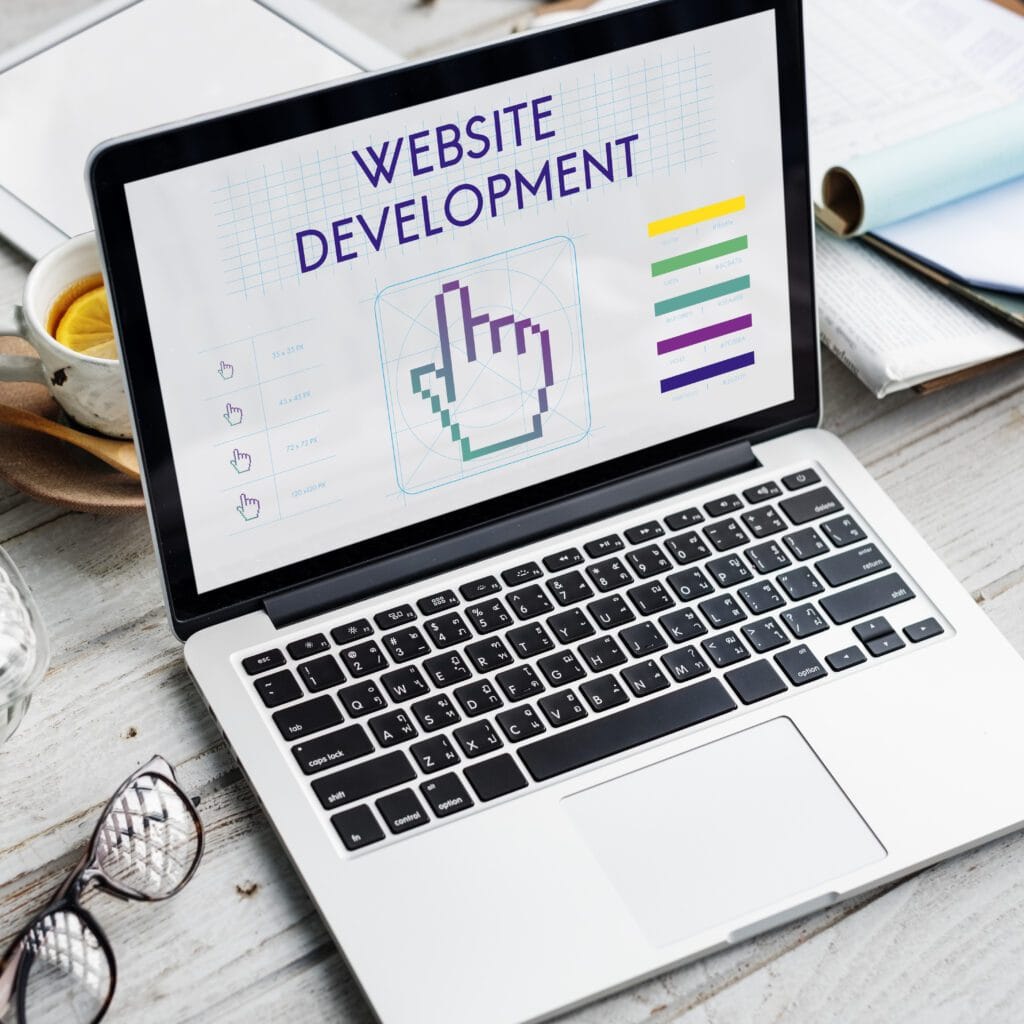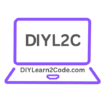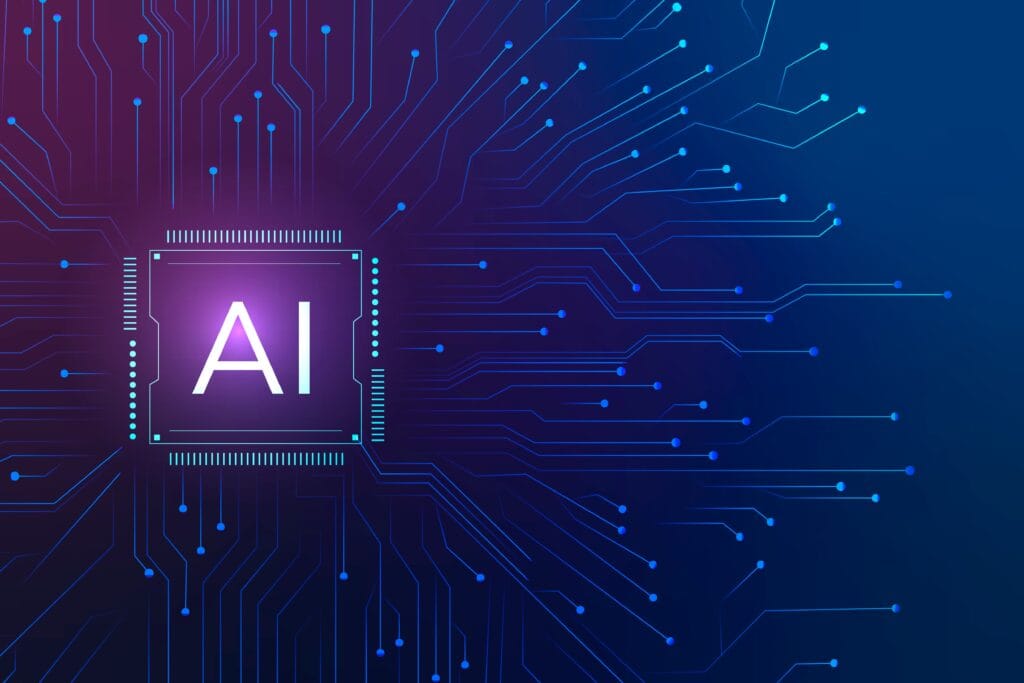Introduction
The internet has become the backbone of our daily lives. From browsing social media to booking flights, everything relies on websites and applications. But have you ever wondered how these websites are actually made? That’s where web development comes in.
- Introduction

In this beginner-friendly guide, we’ll explore the journey of web development—from the simple static pages of the 1990s to the AI-powered, mobile-first, cloud-driven websites of today. If you’re curious about building your own website or starting a career in this field, this DIY-style article is for you.
What is Web Development?
Web development is the process of designing, building, and maintaining websites. It combines coding, creativity, and problem-solving to create web pages that users can see and interact with.
At its core, web development is divided into three parts:
- Front-End Development (Client Side): What the user sees (HTML, CSS, JavaScript).
- Back-End Development (Server Side): The logic, databases, and processing that power a site.
- Full-Stack Development: A combination of both front-end and back-end skills.
👉 Think of it like a restaurant:
- The menu and table setup = front-end.
- The kitchen and cooking = back-end.
- The manager who understands both sides = full stack.
The Evolution of Web Development: From Past to Present
Web development has transformed drastically over the years.
- 1990s – Static Websites:
Early websites were plain text with a bit of HTML styling. No images, no videos, no interactivity. - 2000s – Rise of Dynamic Websites:
With PHP, ASP, and early JavaScript, websites became interactive. Think of early social networks and blogs. - 2010s – Mobile & Responsive Web:
Smartphones changed everything. Developers had to ensure websites looked good on all devices. Frameworks like Bootstrap and libraries like jQuery dominated. - 2020s – Modern Web Development:
- Frameworks like React, Angular, Vue.
- Backend with Node.js, Python (Django/Flask), PHP (Laravel).
- Cloud hosting, APIs, AI chatbots, and automation.
- Websites behaving like apps → PWAs (Progressive Web Apps).
- Frameworks like React, Angular, Vue.
👉 By 2025, web development is all about speed, user experience, and AI integration.
Why Web Development Still Matters in 2025
Some people think with platforms like WordPress, Wix, and Webflow, coding isn’t needed anymore. But the reality is:
- Businesses need custom, scalable solutions.
- AI and automation require programming knowledge.
- Security and performance depend on skilled developers.
So if you’re learning web development today, you’re not late—you’re right on time.
Essential Skills for Web Development in 2025
Here are the key skills every beginner should focus on:
🖥️ Front-End (Visual Layer)
- HTML5 – The structure of web pages.
- CSS3 & Tailwind – Styling and design.
- JavaScript & React.js – Interactivity and dynamic content.
⚙️ Back-End (Server Logic)
- Node.js & Express – Fast, scalable backend.
- Python (Django/Flask) – For AI-powered web apps.
- Databases – SQL (MySQL, PostgreSQL) & NoSQL (MongoDB).
🌐 Full-Stack Tools
- MERN stack (MongoDB, Express, React, Node).
- APIs and GraphQL.
🚀 Modern Trends
- Cloud deployment (AWS, GCP, Vercel).
- AI integration in websites (✅ Internal link to your AI post).
- Robotics dashboards and IoT apps via the web
How to Start Your DIY Web Development Journey
- Set a Goal → Portfolio site? Blog? E-commerce store?
- Learn the Basics → Start with HTML, CSS, and JS.
- Experiment with Tools → WordPress for no-code, VS Code for coding.
- Build Mini Projects → A personal website, a to-do list app, a blog engine.
- Contribute to Open Source → GitHub helps you learn collaboration.
- Stay Updated → Follow blogs, YouTube tutorials, and communities.
Challenges in Web Development Today
- Keeping up with rapidly changing frameworks.
- Ensuring websites load fast (PageSpeed optimization).
- Making sites accessible and mobile-friendly.
- Securing user data.
The Future of Web Development
Looking ahead, we’ll see:
- AI-powered websites that build themselves based on user needs.
- Voice-first experiences (users talking to websites).
- Web3 and decentralized apps gaining traction.
- AR/VR websites for immersive experiences.
👉 Web development will remain one of the most in-demand skills, blending creativity with technology.
FAQs:
Q1. Is web development still worth learning in 2025?
Yes! Despite no-code tools, skilled developers are needed for custom, secure, and scalable sites.
Q2. Do I need to know coding to become a web developer?
Not initially. Platforms like WordPress help beginners, but learning coding unlocks more opportunities.
Q3. Which language should I learn first for web development?
Start with HTML, CSS, JavaScript → then move to Python or Node.js.
Q4. How is AI changing web development?
AI automates testing, personalizes user experience, and powers chatbots.
Q5. Can I use Python in web development?
Absolutely. Python is great for backend frameworks like Django/Flask and for building AI-driven web apps.
Conclusion
Web development has come a long way—from plain text websites to intelligent, cloud-driven platforms. In 2025, it continues to shape the way we interact, learn, shop, and connect.
If you’re just starting out, think of web development as a DIY journey: learn step by step, build small projects, and gradually explore advanced tools.
🌟 And remember: Whether you’re learning AI, Robotics, or Python, they all connect beautifully with web development. The web is where these technologies come alive.


